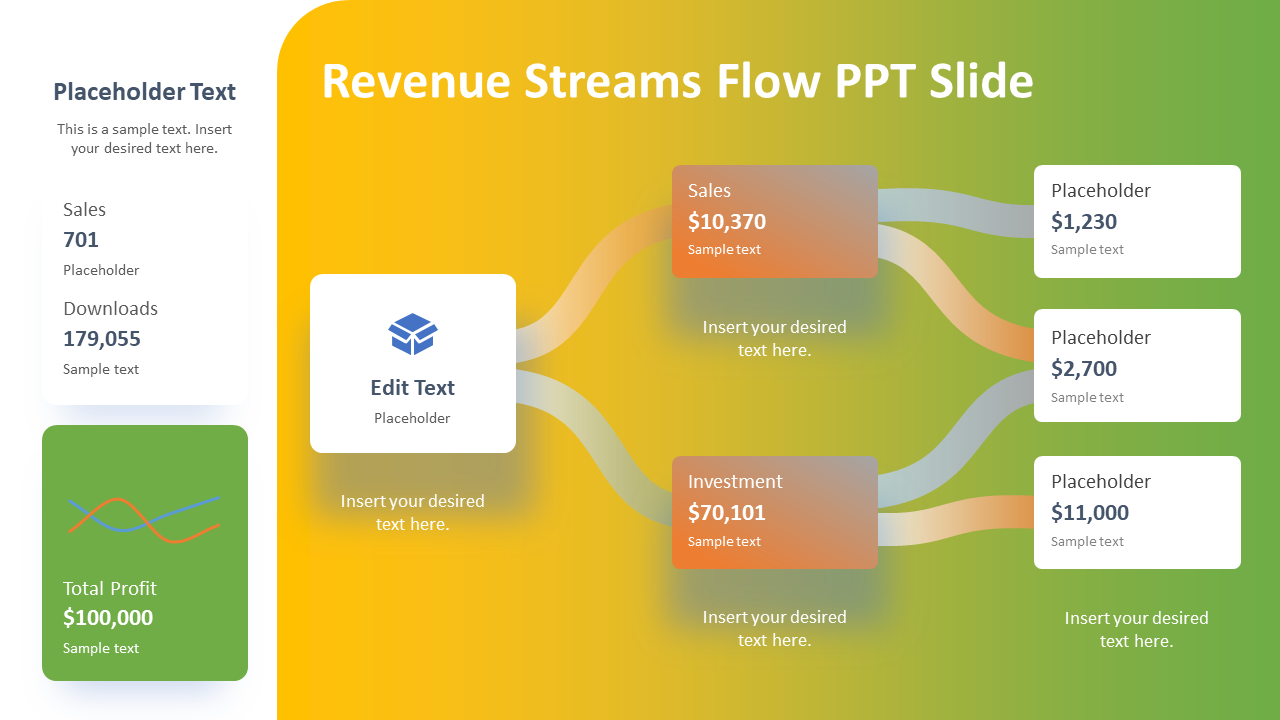Landing Pages in 2025: What to Build Them On to Win?
Forget the static HTML pages of the internet's early days. In 2025, a landing page is no longer just an online business card; it's a complex, dynamic, and, most importantly, smart marketing tool. Today, technology is changing how we create landing pages, with a new focus on speed, personalization, and, of course, automation. But in this new world, what should you choose: a proven off-the-shelf solution or custom development? Let's figure it out.
Part 1: The No-Code and Low-Code Era
If you have not yet heard of No-Code and Low-Code platforms, 2025 is the perfect time to catch up. These have sparked a revolution, enabling web development for everyone. You can create fully operational, live websites and landing pages without writing a single line of code.

Market leaders like Webflow, Framer, Tilda, and Readymag offer simple visual editors where you basically "construct" a page out of pre-built blocks. This solution has been used many times on the site https://dafabet.work/ . Check out the example.
Main advantages:
- Launch speed. It is their trump card. You can construct and test a new concept in hours, not weeks. It is ideal for startups and marketing teams that need to test ideas quickly.
- Accessibility. You don't need programming knowledge to get started. Designers, marketers, and even managers can create and edit pages on their own.
- Integrations. Most platforms have built-in tools for analytics, SEO, and easy integration with popular marketing services (from email newsletters to CRMs).
But there are also drawbacks:
- Limited customization. If you need unique, complex logic or a non-standard design, you may run into platform limitations.
- Platform dependence. You are tied to the platform you choose, which can make it difficult to migrate in the future.
Part 2: Modern Custom Development and the Headless Method
If No-Code is a box of blocks, then Headless is a set of parts from which you can build whatever you like. This principle has been taken up by serious tech projects and large corporations as the norm.

What is it? The Headless approach separates the content from its display. The content remains stored in a Headless CMS (like Strapi, Contentful, Sanity), whereas the front end—what is displayed to the user—is built independently using modern frameworks like Next.js, Astro, or Nuxt.js.
Key advantages:
- Maximum flexibility. You have complete control over the design, functionality, and logic. There are no limitations.
- Performance and SEO. Front-end frameworks create static, incredibly fast sites. This gives you a huge advantage in loading speed and, as a result, in SEO. Google loves fast sites.
- Scalability. Managing hundreds of landing pages becomes simple thanks to a single content system.
But be prepared for the downsides:
- High barrier to entry. You need experienced developers to work with this stack.
- Longer development cycle. Building will take more time than with a No-Code platform.
Part 3: AI — Artificial Intelligence as a New Tool
AI is no longer a concept from the distant future in 2025 but a working tool. AI-Driven Builders are a new set of tools employing AI to generate content, layout, and even entire designs.
How does it work? You describe your concept through text, and the AI writes you a draft landing page in terms of pre-existing texts, images, and layout. Examples such as GlimmerAI are already showing huge promise. Even the giants like Webflow and Framer are heavily utilizing AI capabilities to mechanize the drudgery work and speed up prototyping.
Up to now, this is rather a supplement than a complete replacement. Yet AI is already very good at helping with brainstorming, generation of ideas and outlines, and time saving to start a project.
Part 4: How to Choose Your Strategy
There's no single "best" answer. Your choice is a strategic decision that depends on three key factors:
- Budget and timeline. If you need a fast, budget-friendly launch to test an idea, choose No-Code. If you have the time and resources for a serious project, invest in Headless.
- Team. Do you have experienced developers and designers on your team? If not, then No-Code is your savior.
- Project scale. Is it one landing page for a small campaign? No-Code. Dozens of pages for different products that need to be scaled and maintained? The Headless approach is the ideal choice.
So, my recommendation:
- No-Code is perfect for startups, marketers, and solo entrepreneurs who need a quick start and the ability to make changes on the fly.
- Headless is the best choice for technology companies, large projects, and digital agencies where maximum flexibility, performance, and scalability are crucial.
- AI tools should be used as a powerful supplement to speed up the process, automate routine tasks, and generate ideas.
In 2025, there is no single "best" tool. The ideal choice is a strategy that combines speed (No-Code), flexibility (Headless), and automation (AI) depending on the specific task. The market is moving towards hybrid solutions, where simple tasks are automated, and complex ones require deep customization. And this, without a doubt, makes web development even more interesting.